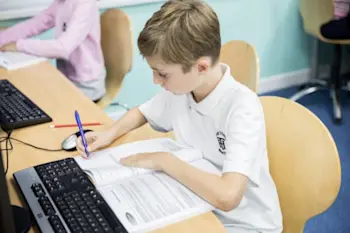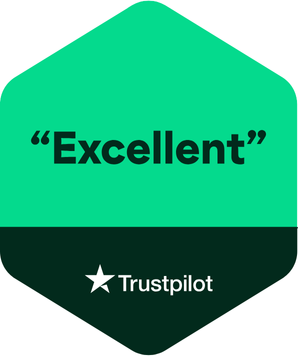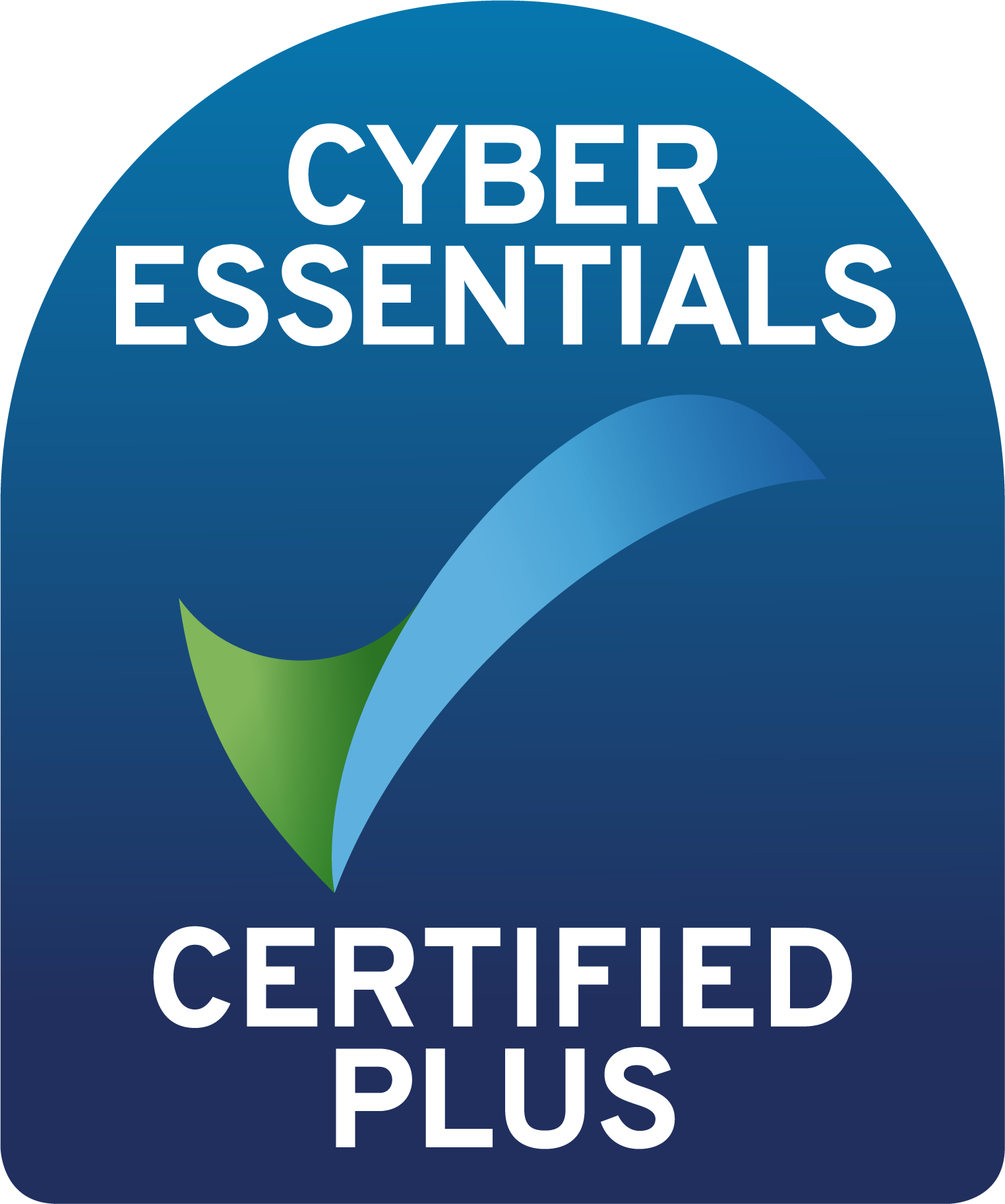A quick guide to SATs – What to expect from KS1 and KS2

With children in Year 2 and Year 6 in England sitting their SATs in May, our Education team has put together a quick guide to let you know just what to expect from KS1 and KS2 SATs.
The SATs are a series of National Curriculum tests designed to assess if your child is working below, at or above the national average level for children of their age. The SATs results provide you and the school with useful information about how your child is doing.
KS1 SATs (Year 2)
Children in Year 2 will sit six separate papers. These include:
Two English reading papers
Two English grammar, punctuation and spelling papers
Two maths papers
In contrast to the KS2 SATs (year 6), these tests aren’t strictly timed, and teachers can stop the test at any point that feels appropriate for a particular child. As a result, children are usually relaxed and many don’t realise they’re taking a test!Although the tests are set externally, they are marked by teachers within the school and the children’s raw scores (the actual marks they get) are translated into a scaled score. A scaled score of 100 or more means a child is working at the expected standard, while a score below 100 indicates that a child hasn’t reached the government expected standard. The maximum possible score is 115, and the minimum is 85.For KS1 SATs, you may not receive your child’s actual SATs scores, unless you ask for them. However, you will be told whether they are working at the expected standard as part of the end of year report.
For a more detailed breakdown of the KS1 SATs, see our complete guide.
KS2 SATs (Year 6)
Children in Year 6 will sit six separate papers. These include:
One English reading paper
Two English grammar, punctuation and spelling papers
Three maths papers
The KS2 SATs take place under exam conditions during specific days in May. All children across the country sit the tests at the same time.After external marking, schools usually receive the results sometime in July. Similarly to the KS1 tests raw scores (actual marks achieved) are translated into a scaled score. A scaled score of 100 or more, means that the child is working at the expected standard (denoted as ‘AS’). While a score below 100, means the child hasn’t reached the government expected standard (denoted as ‘NS’). The maximum scaled score possible is 120, and the minimum is 80.Many schools will send printed results home with the end of year report. The results will indicate whether your child has achieved the national standard and this will likely be given using the scaled scores or codes. However, you are unlikely to be told your child’s raw score.
For a more detailed breakdown of the KS2 SATs, see our complete guide. Find out more about our expert SATs tuition and preparation.
Cancel anytime
No joining fee
In centre or online
Memberships to suit you
Cancel anytime
No joining fee
In centre or online
Memberships to suit you
Cancel anytime
No joining fee
In centre or online
Memberships to suit you




